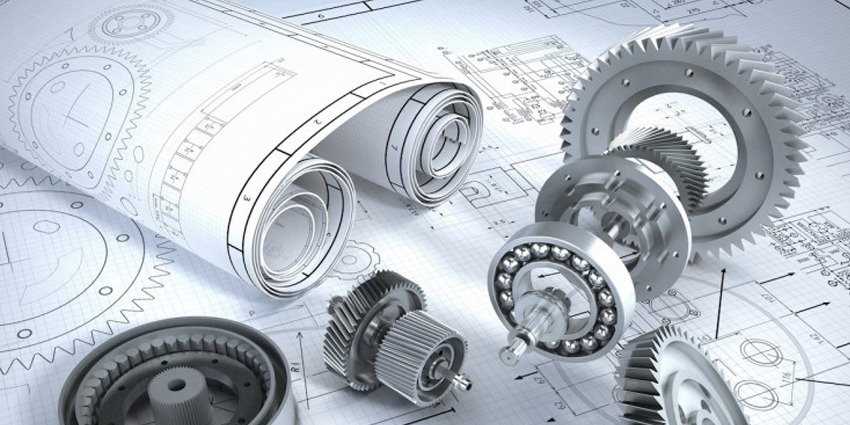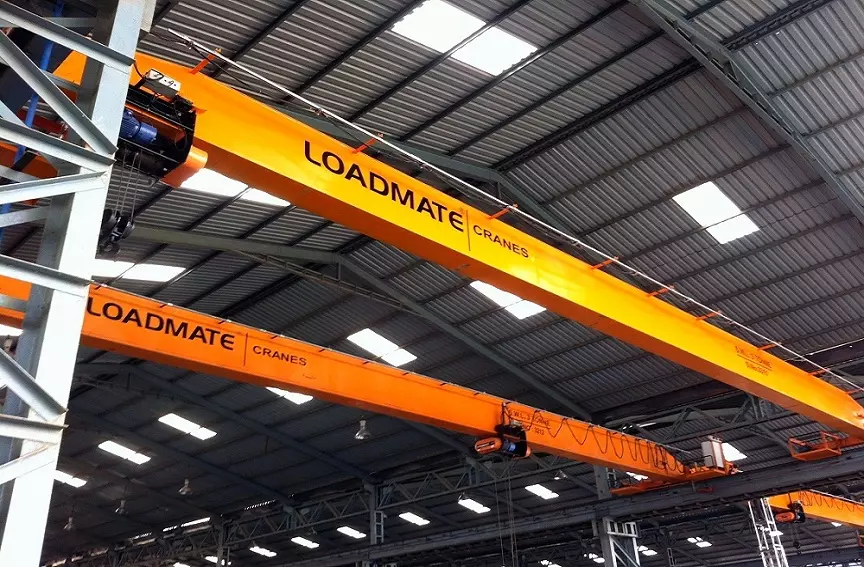An overhead crane and hoist manufacturer always knows the pros and cons of its machines, and willingly never wants to put lives in danger. This is why we create a design that would last for long, but it is also undeniable that no design lasts forever. All of them need modification at one point in time, as the design existed 20 years ago won’t be compatible with current industry environments.
The data of the last 30 years of our presence in the industry reveals that the “average weight of a standard 5 Ton Wire Rope Hoist crane has dropped in weight from over 1000kg to as light as 500kg in the present versions being sold”. However, both cranes can pick the same weight or load; they possibly differ in their finite life period. The latest hoists are made with only a 5-year design life when utilized at most of the specified load spectrum. As many of these cranes have been installed for more than twenty years, they need high attention on their look after.
When it comes to safety and production through hoists, knowledge of cranes and hoists when they come to the end of their design life and knowledge of the apt course of action to take at the lifetime limit is important. These machines, when used more than their design life limit, are more likely to fail often and sometimes due to metal decomposition, excess wear, and other reasons for failure. Here are some hoist design factors that could give you many ideas for handling to repair concerns-
The Theory - Design Working Period (DWP)
The layout of cranes is made for a finite life depending on some certain duty classification, but this life is not related to ‘calendar time’. Rather, it is related to the uses of the crane, specifically taking the load spectrum in concern. Running hours of mechanism and work cycles of the structures consume the design life of a hoist. These are worldly recognized principals that apply to Indian, US and European standards as well where all the standards have design classes that include pre-definition of how many times a load can be lifted and how many hours’ mechanisms can run at a specific load spectrum.
Design Working Period or profoundly say DWP is an industrial term that defines the periods (in hours) of use from assigning to the end of design life. If a crane or hoist exceeds its design limit, it must be considered unsafe to use except some actions are taken.
- Reality: There are a huge number of cranes in the industry which have been used more than their design life limit due to the limited understanding of how design-life classification works or the cons if they used beyond their lifetime limit. The more worsening matter comes when some cranes work more intensively than originally planned. This results in faster consumption of their life limit.
- The Perils: We don’t want to show any fake figures and make the story horrible as we are not aware of any global fatalities caused by crane or hoist failures. This is why it may have made the International Standards Organization (ISO) released a new international standard ISO 12482:2014 on What should be Crane Design Working Period. The new standard explains how components of a crane can fail without signalling due to metal fatigue, which is extremely hard to identify by physical inspection. It has been seen that one gets a very short time to detect the crack failure and it would be unrealistic to disassemble hoists and cranes to inspect components often to confidently catch failures caused due to crack spread. Different components in hoists and cranes have different lifetimes so getting knowledge of where and when to look is extremely difficult. The possibility of failure increases drastically at the end of design life and even after that.
- Preventative Measures: ISO says it very clearly that machines like cranes and hoists should be monitored at regular intervals to make sure how much of design life has been exploited. Machines that have lived their full design life must be considered unsafe to use except they consist of a Special Assessment by a qualified design engineer to ensure which components are safe and which are unsafe.
With a Special Assessment, the qualified expert must produce strict instructions for a General Repair to replace risky components and any other examinations or repairs needed to make the crane safe for use. The crane must be in reuse only when the competent engineer specified general repair for a further period. The new life of the machine should also be specified by the competent engineer.
If you are worried about the maximum life of your machine, feel free to contact the LOADMATE sales team, and we will happily provide you with guidance to ensure the determination of futuristic repair or replace decisions.




